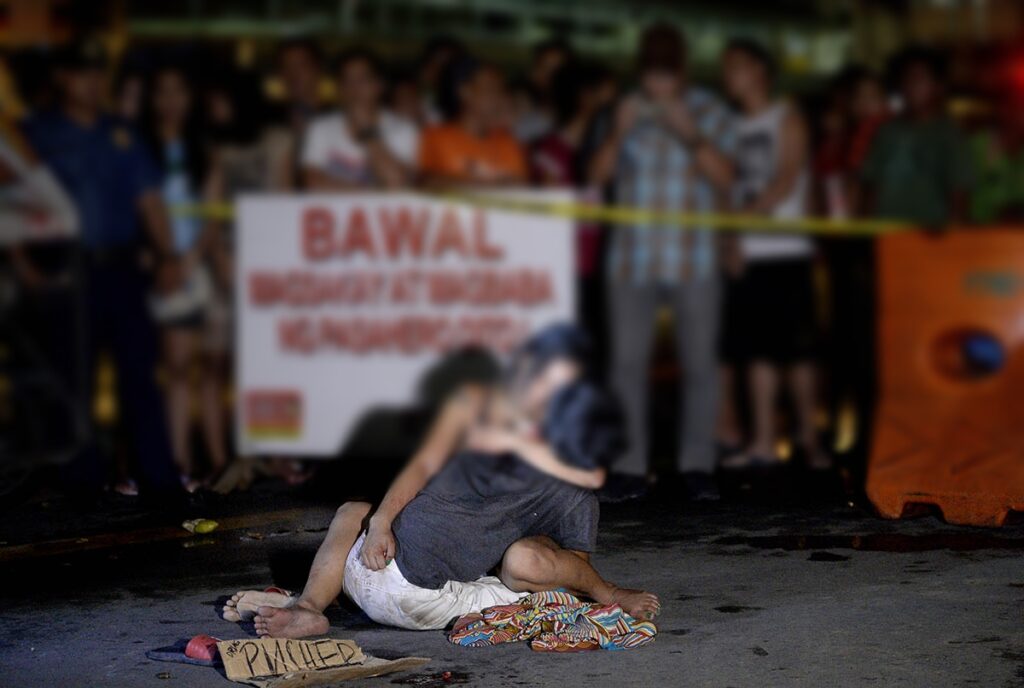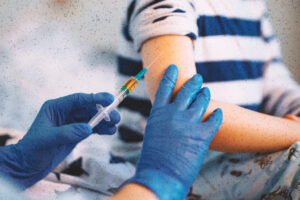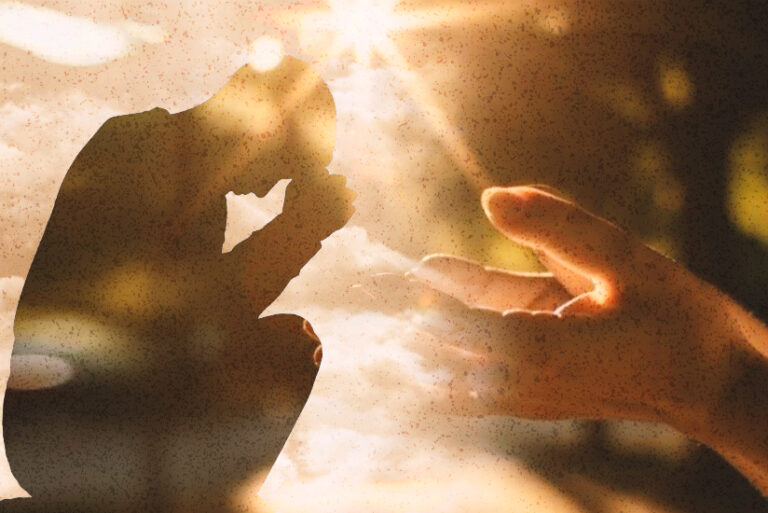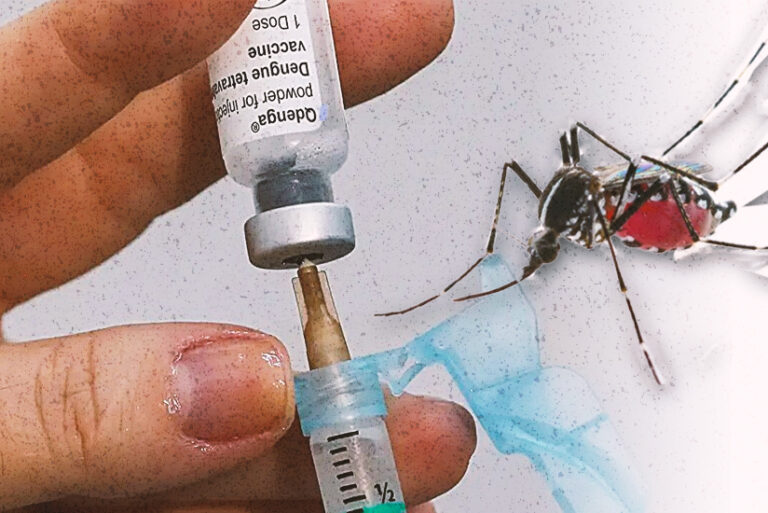By Samuel Pimping
Putting the people first. This 2023, the International Day against Drug Abuse and Illicit Trafficking takes a humanitarian stance. By the taking the theme of “people first,” the United Nations Office on Drug and Crime (UNODC) enjoins the world to avoid discrimination and focus on prevention instead.
No doubt, illicit drugs can be dangerous. Substances such as cocaine, ecstasy, and methamphetamine warrant public scrutiny as they have led to injury, self-harm, and in worst cases, death.
While these narcotics deserve condemnation, many of their users do not. The stigma and hatred surrounding drug users prevent them from getting the help they need. If admitting to addiction would make them fear for their lives, then who in their right mind would even do so in the first place?
War on drugs or crime against humanity?
By the end of Duterte’s term, there have been 6,252 deaths recorded by the government from the war on drugs. This figure did not include extrajudicial killings or vigilante assassinations, which usually involved a riding-in-tandem scheme. Considering unrecorded deaths, International Criminal Court (ICC) Prosecutor Karim Khan and human rights groups placed the estimate around 12,000 to 30,000 deaths.
These statistics left the impression that the Philippines is one of the most dangerous nations not only for drug users but also for everyone else. The falsification of evidence, unlawful detainment, and plain massacre of suspected individuals without due process is a matter of public interest. If the police could do it to anyone, then what lengths would they go to in doing the same to the innocent?
The graphic image below depicts a widow holding her deceased husband. He was shot dead by an unknown gunman in Manila, and the placard on the ground translates to “I am a drug pusher.” During the previous administration, public condemnation of drug pushers and users was common as alleged individuals were forced to parade the streets while wearing placards that indicated their supposed wrongdoing.

This brings us back to the first question of whoever would be willing to risk their lives at the prospect of possible rehabilitation. Even if a person genuinely wanted to get better, the threat to welfare, safety, and basic human rights and decency is extremely apparent.
The promise of rehabilitation becomes even more discouraging knowing the neglected state of the country’s public healthcare system. On the other hand, private rehabilitation centers, which can cost anywhere from ₱10,000 to ₱100,000 or more a month, are too expensive for the vast majority who are below the poverty line. Such price ranges may be unaffordable even for many of those in the middle class.
Finally, even if the imminent threat to life and financial incapacity were addressed, this does not fix the problem of societal disgrace. All drug users and pushers have been consistently reviled as pariahs and outcasts in the community. An admission of guilt or addiction always leads to more shame instead of the provision of actual medical care.
A 2022 case study revealed that Filipinos tend to have a fixed perception on treating drug users strictly either as criminals or patients—as wicked or helpless. In both cases, the user is deemed incapable of making their own decision. During the war on drugs, police would conduct door-to-door searches and force alleged drug users to either “surrender” or undergo “voluntary” rehabilitation, effectively disregarding the individual’s free will.
By compelling them to choose under duress, the difference between imprisonment and rehabilitation becomes a blurred line—devaluing legitimate intervention into downright incarceration. In fact, jails had even become centers for compulsory rehabilitation.
Drug addiction is a mental illness. And like many other sicknesses, it can be treated. The prevailing approach that views drug users as less than people is counterproductive to human rights. What, then, is the solution that effectively addresses the long-standing drug problem and, at the same time, upholds human rights?
Community as voluntary treatment
The main problem with traditional rehabilitation is the closed setting. Users were removed from their families. Work was made unavailable to them. They would be uprooted from their lives and denied access to typical privileges. This is the very disadvantage that made anyone fearful of rehabilitation as a form of incarceration or involuntary confinement.
For extreme cases, yes, time away from family is necessary. But for majority of users who pose little to moderate risk, isolation is not the best solution. Think about a time when you were heavily burdened by a problem or significant challenge. For most of us, family, friends, and the people closest to us were a form of escape. What, then, makes mild to moderate drug addiction the exception?
Community-based drug rehabilitation (CBDR) is described as a holistic process in which prevention, health promotion, screening and assessment, and drug treatment are integrated with wraparound family and community services including aftercare programs closest to where people are. It is less of a technical procedure and more of a way of life that puts family and the community in the center.
CBDR became recognized in the Philippines in 2016, the same time when the war on drugs was widespread. The Dangerous Drugs Board declared that clients (drug users seeking treatment) can be treated within their respective local government units. While this is relatively new in the country, more nations have been shifting towards this mode of rehabilitation in the past decade.

Advantages of CBDR include its financial viability. Inpatient treatments costs are six to eight times the cost of CBDR—a significantly high margin. CBDR costs only around 12% and 16% of inpatient treatment costs for low-risk and moderate-risk clients, respectively. Nevertheless, funds must be committed to the program to ensure its effectiveness across the country. Limited facilities and resources are still a major issue.
Unfortunately, some government officials have yet to accept such a model. There remain highly cynical outlooks as to the effectiveness of any form of rehabilitation due to the demonization of all drug users during the war on drugs and even before. If we can overcome such a notion, CBDR can be prioritized, and more clients will be able to get the appropriate care they need.
Not all users need inpatient treatment. It is wrong to assume that any drug user, regardless of severity, is required to be locked up in a rehabilitation facility. Through CBDR, clients can still be with their families, contribute to society, and live their lives while combatting addiction.
Many clients genuinely seek treatment. The biggest hurdle is the stigma and discrimination that will ensue from admission. By involving the community via CBDR, the nation takes a more open and accepting approach—mitigating the overwhelming feeling of shame and discrimination that might plague those willing to get better.
Being open to battling addiction is crucial to overcoming it. By giving clients the freedom of choice, the right conditions are set for true intervention to take place.
Rehabilitation or incarceration: A false dilemma
Compulsory rehabilitation is not the answer. The justification that rehab is still a better alternative than becoming the victim of an extrajudicial killing is illogical. If other options could be provided, then there would be no need for such false dilemma.
The current Philippine president promised a more sympathetic approach to the war on drugs, but this pledge has yet to bear fruit. The war on drugs continues in silence, especially within the impoverished communities.

Drug use is reprehensible, but drug users are not. These are still people, and treating them any less is a desecration of human rights. There will remain obstinate critics who believe that “weeding out the weak” and those “useless to society” is the hard but necessary reality of the war on drugs. But the truth is, there are compassionate alternatives that are more effective than ruling with an iron fist.
Empathize, not stigmatize—liberate, not alienate. It is not merely about being “nice.” It is about exercising the basic human decency to give everyone a chance to live. The war on drugs must never be a war on the people, and the only way to make sure is to put the people first.
Sources:
Community-based drug rehabilitation in the Philippines proving successful and cost-effective.
(October 31, 2022). University Research Co. https://www.urc-chs.com/news/community- based-drug-rehabilitation-in-the-philippines-proving-successful-and-cost-effective/
International Day against Drug Abuse and Illicit Trafficking. (n.d.). United Nations Office on
Drugs and Crime. https://www.unodc.org/unodc/en/drugs/index-new.html
Lasco, G., & Yarcia, L. E. (2022). The Politics of drug rehabilitation in the Philippines.
Health and human rights, 24(1), 147–158.
Philippines: No letup in ‘drug war’ under Marcos. (January 12, 2023). Human rights watch. https://www.hrw.org/news/2023/01/12/philippines-no-letup-drug-war-under-marcos
Simons, M. (January 11, 2023). The Philippines is losing its ‘war on drugs.’ https://foreignpolicy.com/2023/01/11/philippines-drug-war-manila-marcos/








